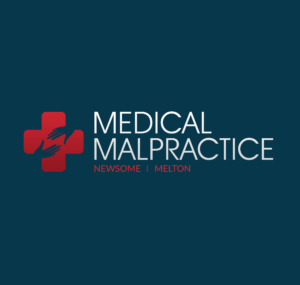Cerebral palsy is a type of brain damage that occurs during pregnancy or during the birthing stage of pregnancy or afterwards, and can occur up to 5 years of age. The affliction damages the part of the brain that affects motor skills, muscle tone and movement of the legs, arms and head. These afflictions may lead to other problems including trouble vocalizing words, hearing or listening and basic understanding skills.
The causes of cerebral palsy remain unknown, but normally go back to a difficult pregnancy in which the mother may have had an infection or injury to the fetus. A car accident or a fall down the stairs can result in damage to the baby’s brain. A lack of oxygen to the baby in the womb or out may cause cerebral palsy. A baby that contracts bacterial meningitis or is shaken violently may result in brain damage and cerebral palsy.
Symptoms of cerebral palsy include involuntary muscle movement, stiff muscles, a delay in sitting up or crawling, excessive drooling or trouble eating and swallowing, difficulty in picking up items and in speaking. Other symptoms may include seizures or pain intolerance.
Diagnosing cerebral palsy may involve if the mother had health problems or injuries during the pregnancy or if the baby has certain problems in muscle coordination. If the doctor suspects cerebral palsy he will order certain tests be conducted. These tests include an MRI or a cranial ultrasound. The ultrasound uses high energy sound waves to produce images of the brain. When seizures are apparent, an EEG is performed to see if the child is also suffering from epilepsy, which is associated with cerebral palsy. Once the diagnosis has been made, the doctor may have a child sent to specific specialists for speech, vision or hearing impairment.
Treatment for cerebral palsy normally includes a team of specialists that help with muscle coordination, learning disabilities and an orthopedist who treats muscle disorders. An occupational therapist helps the child with everyday activities such as holding a utensil, eating or tying shoes. A special education teacher helps children with learning disabilities from cerebral palsy. Medications may include botox injections for spastic muscles and muscle relaxants to help soothe stiff muscles. Different therapies are included in treatment for speech impairments and muscle coordination. In severe cases of cerebral palsy, orthopedic surgery is conducted on bones or joints to put them into the correct positions.
Preventing cerebral palsy may not always be possible, but there are certain things you can do to have a healthy pregnancy and baby. Eat healthy during pregnancy and do not put yourself or your baby in risky situations if possible. Place your baby in a car seat and strap him in correctly. Never shake your baby and get immunizations taken care of on time at your doctor’s office.

